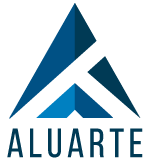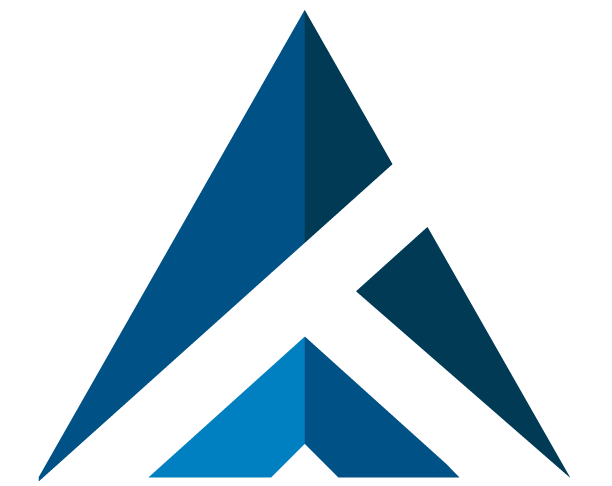- Ingeniería y Servicios Aluarte
- 938 384 2000
- contacto@aluarte.com.mx
What Is Rapid Application Development RAD? WEBO Digital
Vocational courses, Education & Skill development program in India
marzo 13, 2022How to Create a Cryptocurrency Step by Step Updated Guide 2023
marzo 18, 2022What Is Rapid Application Development RAD? WEBO Digital
This demand is something Codebots is extremely passionate and proactive about catering to. Using our code-writing bots, you can rapidly develop applications and build 8.3x faster than you would be able to in standard software development. RAD may be a way for you to streamline and improve software development operations but it is in fact a methodology. That’s why I’ve picked several platforms that can be used to simplify certain digital product design and development processes. By reducing planning time and emphasizing prototype iterations, RAD allows project managers and stakeholders to accurately measure progress and communicate in real time on evolving issues or changes.

Changing code can dramatically alter the entire system, and developers can take advantage of this flexibility by iterating and prototyping potential concepts throughout development. This iterative nature encourages designers and developers to create components that are functional and independent. Each element is compartmentalised, which increases reusability of components, and makes modification easily adaptable to the needs of software evolution. RAD is one of the most successful software development programs available today, with numerous benefits for both software development teams as well as their clients. Once the project is scoped out, it’s time to jump right into development and build out the user design through various prototype iterations. RAD model enables rapid delivery as it reduces the overall development time due to the reusability of the components and parallel development.
The history of Rapid Application Development
Generally, teams use low-code or rapid application development tools to quickly progress the application. Traditional software development methods, like waterfall, follow rigid process models that put pressure on customers to sign off on requirements before a project starts. Customers often don’t see a working build for several months, which complicates the change process for new requirements and feasibility adjustments.
With RAD model of outsource app development, the client can see the demo of the final product much faster. During the creation of a prototype for any product, to save time and money, it is essential to create one that can be reused for fast changes. During this phase, users/clients join forces with the developers to ensure that their requirements are met at every step in the design process.
RAD Model – Pros and Cons
It creates shellcode for multiple syscalls on multiple platforms that can be quickly utilized within Python scripts. Hands-down, CORE SDI’s implementation of shell creation is the market-leading technology. Example 1.30 is pulled from InlineEgg’s documentation, which was created by CORE SDI engineers to help you understand how Python can be effective in commercial-grade applications.

Smaller teams can incorporate RAD more easily, as they have direct access to each other and communication is simple. When projects require inter-team communication, development cycles invariably slow. It takes longer to align all stakeholders on business requirements, further complicated by RADs enablement of constant evolution. Documentation is completed https://www.globalcloudteam.com/ in the final phase, so problems and progress are harder to track, which significantly impacts scalability. Rapid construction is where application coding, system testing, and unit integration occurs, converting prototype and beta systems into a working model. This phase may also be repeated as required, supporting new components and alterations.
RAD phases
As you learn more about the RAD definition, you should remember that aspect of
it. Are you ready to propel your organisation to the next level using these intuitive technologies? Let’s explore how our experience and expertise can help you navigate the world of software development.
- Michał Pruciak is a seasoned consultant for tech leaders, known for his exceptional skills in business development and his passion for blending medical technology with cutting-edge advancements.
- We have also implemented personalized recommendations
following each patient’s health records. - RAD is preferred when customer feedback is involved throughout the product design, development, and testing life cycle.
- Let’s look at some factors that distinguish RAD software development
from other approaches. - RAD may be a way for you to streamline and improve software development operations but it is in fact a methodology.
With this input, developers either resume prototyping, or if feedback is strictly positive, move onto the final step. Through prototyping, the development team can easily evaluate the feasibility of complex components. Consequently, software is more robust, less error-prone, and better structured for future design additions.
Is your team RAD-ready?
Then refine the prototype and develop the software based on the user feedback. Work with stakeholders to prioritize features and functionality that are most important. This step involves defining the project goals, identifying the target users, and determining the functional and non-functional requirements of the software.
This prototype may cut corners to reach a working state, and that’s acceptable. Most RAD programming approaches have a finalization stage where developers pay down technical debt accrued by early prototypes. Rapid application development is particularly useful for small businesses that need software done quickly, whilst having a lot of input during the development process. Engineers and developers work tirelessly to flesh out a working system from a working model. Feedback and reviews are crucial at this stage and most bugs, issues, and alterations are addressed during this stage. This stage can be particularly long, especially in cases where clients change directions or feedback is intensive.
Rapid application development advantages
“Loose” because among the key principles of rapid application development is the permission to change requirements at any point in the cycle. Compared to other development models, rapid application development is relatively inexpensive, but there are some instances where the developments can be expensive due to RAD characteristics. The bright side is, if you’ve got the staff, you can get the idea from concept to end product a lot quicker than other models. Instead of following a rigid set of requirements, developers create prototypes with different features and functions as fast as they can. These prototypes are then shown to the clients who decide what they like and what they don’t.

Any descriptions for adding, removing, or changing the data objects are also created during this phase. Our list of the top mobile app development companies and their features will help you narrow your search. In either case, there is a significant emphasis on early and rad application development continuous software delivery and room for changing requirements even in the later stages of development. If you have a dedicated team of 5 to 10 people that work closely
with your clients and support flexibility in the development
process, then RAD is perfect for you.
Step 3: Gather user feedback
Since most of the programming components have already been tested, it reduces the risk of any major issues. As noted many times thus far, RAD methodology requires frequent feedback from clients and end-users. And in modern workflows, developers who work offsite prefer to solicit feedback remotely rather than book travel and accommodations each and every time they require input from clients.

